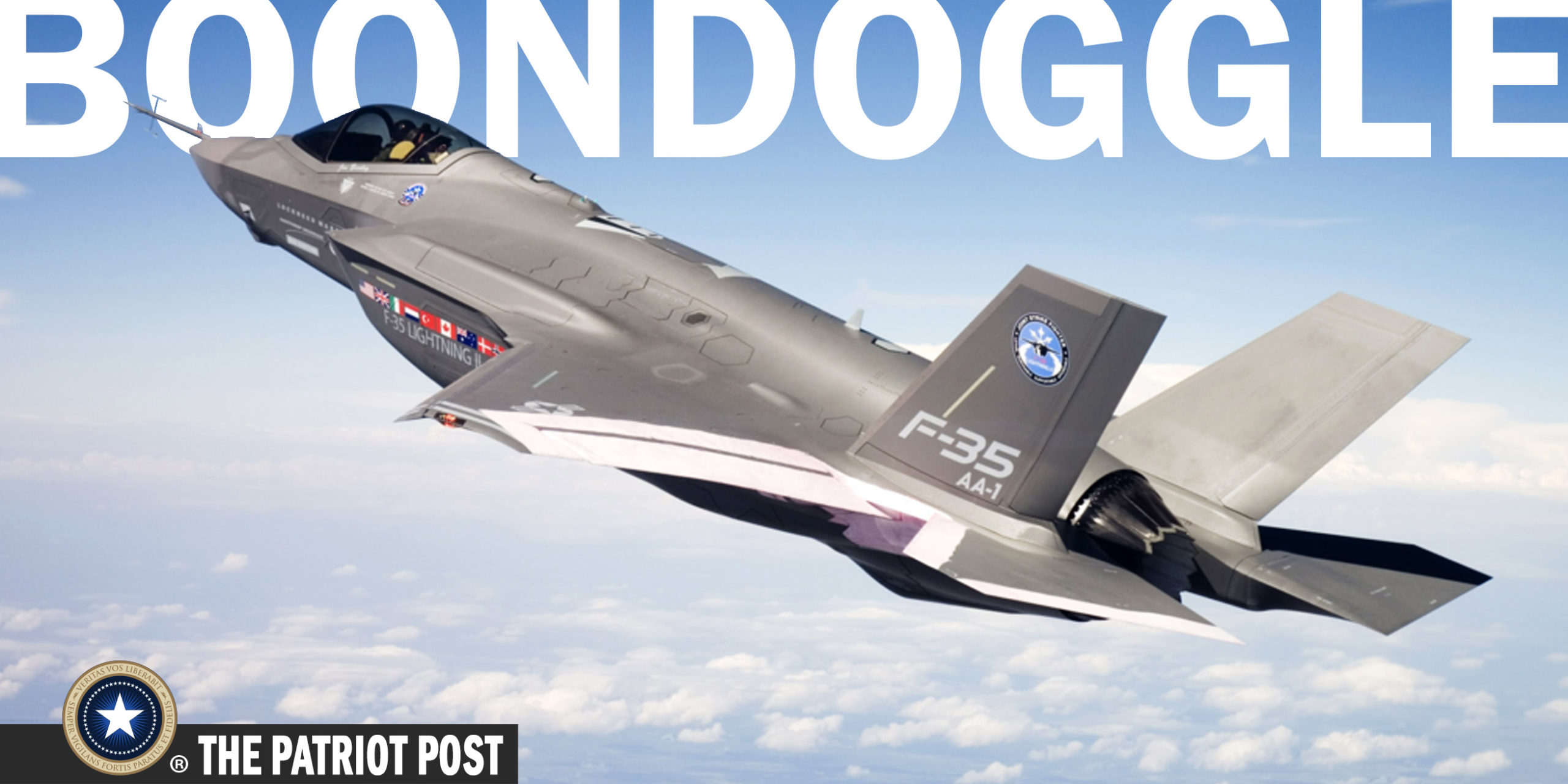
ACTION ALERT: Cancel The F-35 — A Billion-dollar Boondoggle
Win Without War
(July 13, 2021) — Meet the F-35 Lightning II: our newest, trillion-dollar-price-tag, fighter jet that STILL can’t fly in combat.
After 20 years and BILLIONS of dollars it still has NINE deficiencies so serious they could “cause death, severe injury, or severe occupational illness” to the pilots flying them.
Even the military doesn’t want them: the Navy cut its order, the Marine Corps is expected to as well, and it’s being reported the Air Force might follow suit — and yet every year, taxpayers are stuck with gobsmacking billion-dollar-bills. Why? Because Congress continues to lob more and more money at defense contractors by buying F-35s the military hasn’t even asked for.
ENOUGH. From Los Angeles, CA, to Burlington, VT, too many of us are struggling to recover and rebuild from the worst of the pandemic. Classrooms have no heat or AC, families go hungry to pay for prescription medicines, and a massive climate crisis is coming straight for all of us because lawmakers say the solutions are too expensive.
But one solution that can save us BILLIONS is obvious:
ACTION: Tell Congress to Cancel the F-35 Failed Fighter Jet
Who wants these ridiculous failed fighter jets? Defense mega-contractors who spend tens of millions of dollars lobbying Congress every year and who tailor-made the F-35 for maximum political impact by claiming they were spreading production across 46 states.
Here’s the backstory: In 2001 when the contract to build this so-called futuristic fighter jet was awarded, the US public was promised a fleet of cutting edge fighter jets for a total cost, from development to production, of $200 billion.
Cut to today, when all the operating costs for the planned fleet are calculated across the program’s expected 50-year lifetime, we’re on the hook for an estimated $1.727 TRILLION!
At the end of the Trump administration, the Acting Secretary of Defense Christopher Miller called the F-35 a “piece of s**t.” The Air Force chief admitted the F-35 would never be able to live up to its original purpose. And Adam Smith, the Chair of the House Armed Services Committee, said we should stop throwing money down the F-35 “rathole.”
WE AGREE, and since Congress controls the purse strings, we’ve got to let them know:
Cancel the F-35 Failed Fighter Jet!
Thank you for working for peace,
Annika, Stephen, Faith, and the Win Without War team
Win Without War 2020, 1 Thomas Circle NW, Suite 700, Washington, DC 20005
The Fighter Jet That’s Too Pricey to Fail

The F-35 Is a Boondoggle but We’re Stuck with It
The Editorial Board / The New York Times
(March 12, 2021) — Last week, the new head of the House Armed Services Committee, Representative Adam Smith, said in an interview that the F-35 fighter jet was a “rathole” draining money. He said the Pentagon should consider whether to “cut its losses.” That promptly set off another round of groaning about the most expensive weapon system ever built, and questions about whether it should — or could — be scrapped.
Conceived in the 1990s as a sort of Swiss army knife of fighter jets, the F-35 Joint Strike Fighter was meant to come as a conventional fighter for the Air Force, as a carrier-based fighter for the Navy and as a vertical-landing version for the Marines.
The problems, and there were lots of them, set in early. All three versions of the plane ended up at least three years behind schedule, and sharing less than a quarter of their parts instead of the anticipated 70 percent. Many of those already built need updates; hundreds of defects are still being corrected; the jet is so expensive to maintain that it costs around $36,000 per hour to fly (compared to $22,000 for an older F-16). At the current rate, it will cost taxpayers more than $1 trillion over its 60-year life span.
So, kill the monster and start looking for alternatives? Or declare it too big to fail and make the best of it?
Last month, the Air Force chief of staff, Gen. Charles Brown Jr., gave his answer when he said that the F-35 should become the Ferrari of the fleet: “You only drive it on Sundays.” For other days, Air Force officials recently said they were exploring less expensive options, including new F-16s, low-cost tactical drones or building another fighter from scratch. But the F-35 was here to stay, General Brown insisted: “The F-35 is the cornerstone of what we’re pursuing. Now we’re going to have the F-35, we’re getting it out, and we’re going to have it for the future.”
Representative Smith — a Democrat whose Washington constituency includes Boeing, which was beat out for the F-35 contract by Lockheed Martin — acknowledged in an interview that there was no easy way to get rid of the F-35.
The reasons are many: Contractors on the project are scattered among so many states that Mr. Smith would find few congressional allies for scrapping it. Several NATO and Asian allies have already bought into the F-35.
Developing a new fighter from scratch would be prohibitively costly, and the F-35 replaces too many older planes for which there is no ready alternative. Older fighters in the American fleet simply lack the stealth needed in modern warfare.
Plus, as more F-35 are churned out, the price is dropping — the tag on the Air Force version has already slid below $80 million, less than some other advanced fighter planes. As problems are eliminated, the fighter is arguably doing better than some of the criticism suggests — the Marines have used it in Afghanistan, the Air Force in Iraq and Israel in Syria.
Whatever its flaws, the F-35 is a sophisticated plane, capable of generating a dynamic image of the battlefield that can be shared with friendly forces. Its cutting-edge helmet for the pilot melds imagery from many sensors into a single picture — though that, too, took a while to get right.
The editorial board is a group of opinion journalists whose views are informed by expertise, research, debate and certain longstanding values. It is separate from the newsroom.
Posted in accordance with Title 17, Section 107, US Code, for noncommercial, educational purposes.